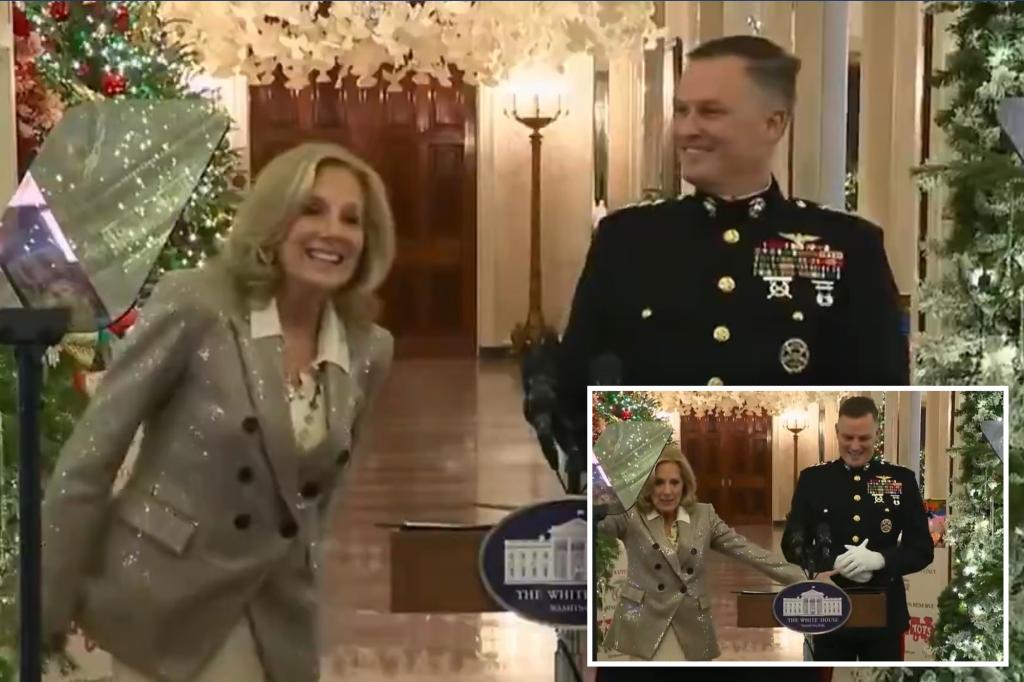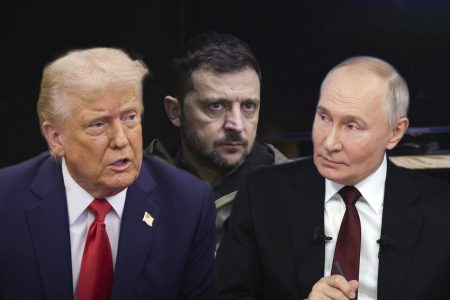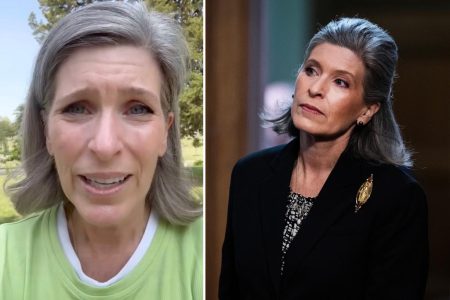The seemingly innocuous holiday greeting of First Lady Jill Biden sparked an unexpected flurry of reactions, highlighting the ongoing cultural debate surrounding Christmas greetings. During a Toys for Tots event at the White House, Biden’s initial “Happy Holidays” was met with a chorus of “Happy Christmas” from the children of military service members. This seemingly spontaneous correction, captured on video, quickly became a viral sensation, dividing opinions and fueling discussions across social media platforms. While some lauded the children’s outspokenness as a defense of traditional Christmas greetings, others viewed it as a minor incident blown out of proportion. The incident underscores the sensitivity surrounding holiday language in an increasingly diverse and politically charged environment.
The children’s immediate and unrehearsed response to the First Lady’s greeting suggests a deeply ingrained preference for the traditional “Merry Christmas.” Their upbringing, likely within families and communities where Christmas holds significant cultural and religious importance, may have contributed to this spontaneous correction. The children’s innocent yet assertive response, devoid of any apparent malice, highlights the powerful influence of cultural norms and traditions, especially during the holiday season. The incident became a symbolic battleground for those who perceive a decline in traditional Christmas celebrations and those who advocate for more inclusive holiday greetings.
The reactions to the video on social media were swift and varied, reflecting the existing polarization surrounding holiday greetings. Conservative figures and groups seized upon the incident as evidence of a “war on Christmas,” portraying the children as defenders of tradition against perceived political correctness. Comments like “Even kids get it” and “Jill Biden fact checked by toddler” reflect this sentiment, framing the children’s response as a rebuke of what they perceive as an attempt to downplay the significance of Christmas. The incident became a rallying point for those who feel that inclusive language like “Happy Holidays” diminishes the cultural and religious significance of Christmas.
On the other hand, some viewed the incident as a relatively insignificant interaction magnified by social media and political agendas. They argued that the children’s correction was likely innocent and without any deeper political meaning. These observers criticized those who politicized the interaction, suggesting they were exploiting the children’s innocent remarks to further their own agendas. This perspective emphasizes the importance of context and nuance in interpreting such incidents, cautioning against reading too much into seemingly spontaneous interactions.
The First Lady’s response to the children’s correction, a good-natured “Happy Christmas, yes,” followed by a combination of “Merry Christmas and happy holidays” in her concluding remarks, reveals a delicate balancing act. Her initial attempt at inclusivity with “Happy Holidays” acknowledges the diverse religious and cultural backgrounds represented in modern society, while her subsequent adoption of “Merry Christmas” reflects a sensitivity to traditional sentiments. This approach highlights the challenge of navigating the complexities of holiday greetings in a pluralistic society, seeking to be both inclusive and respectful of tradition.
The viral spread of this seemingly minor interaction, and the subsequent flurry of reactions, reveals the larger cultural tensions surrounding holiday greetings. In an increasingly diverse society, the traditional dominance of Christmas is being challenged by calls for more inclusive language and recognition of other religious and cultural celebrations. The “Happy Holidays” versus “Merry Christmas” debate becomes symbolic of broader cultural anxieties about tradition, inclusivity, and the changing landscape of American society. The incident serves as a reminder of the power of language and symbolism, particularly during the holiday season, and the importance of navigating these complexities with sensitivity and understanding.










